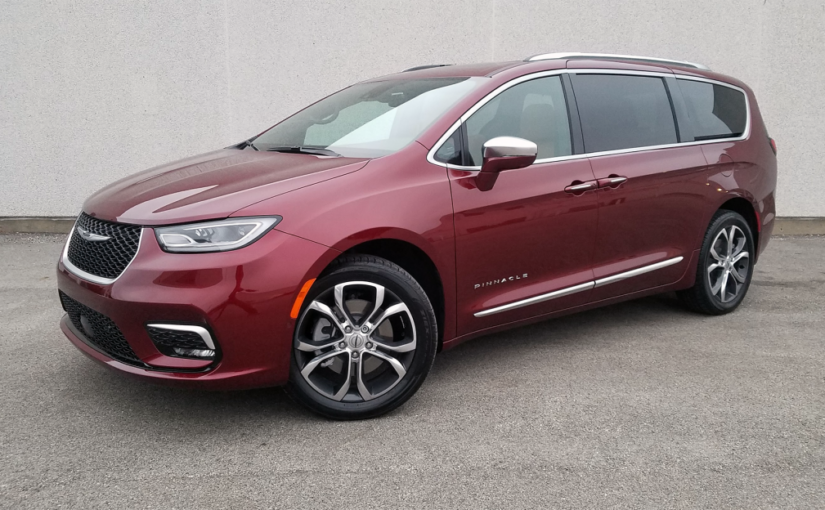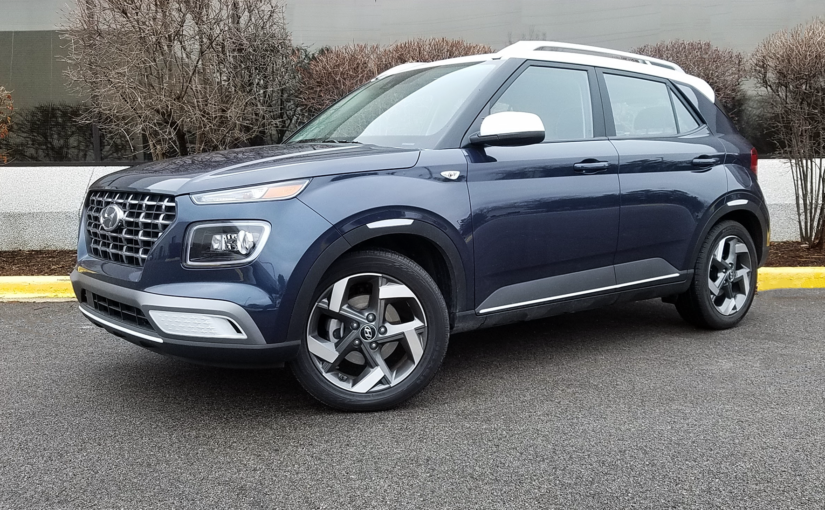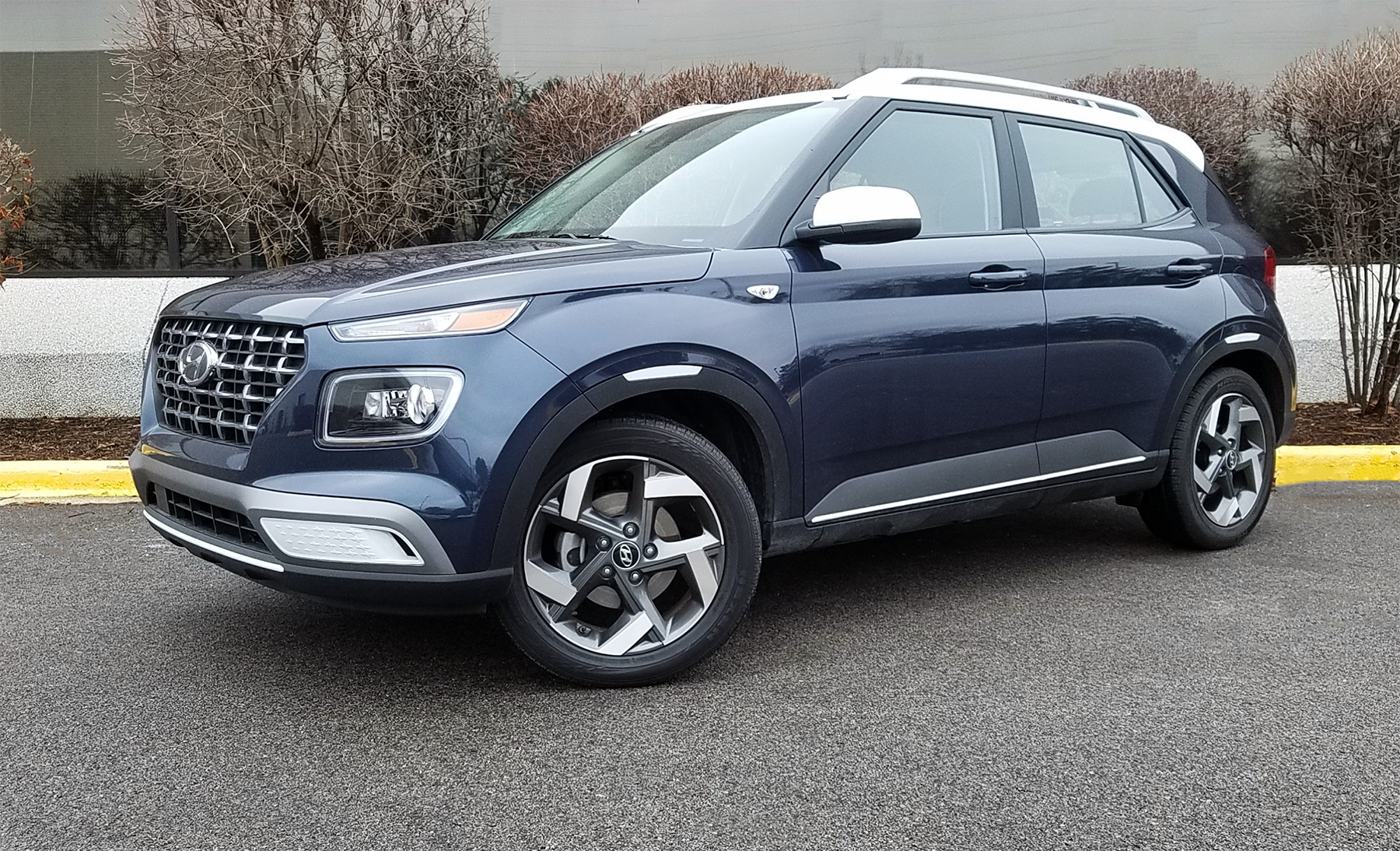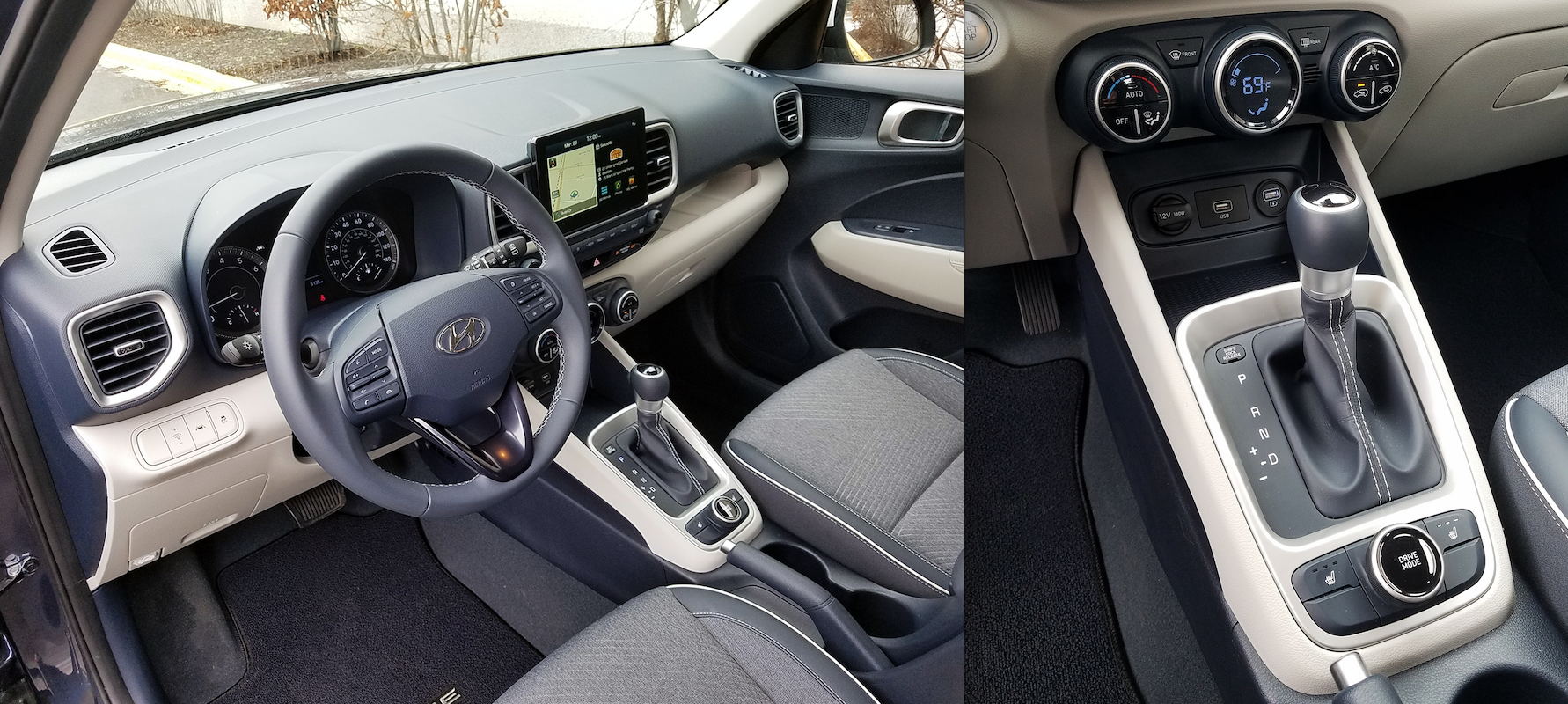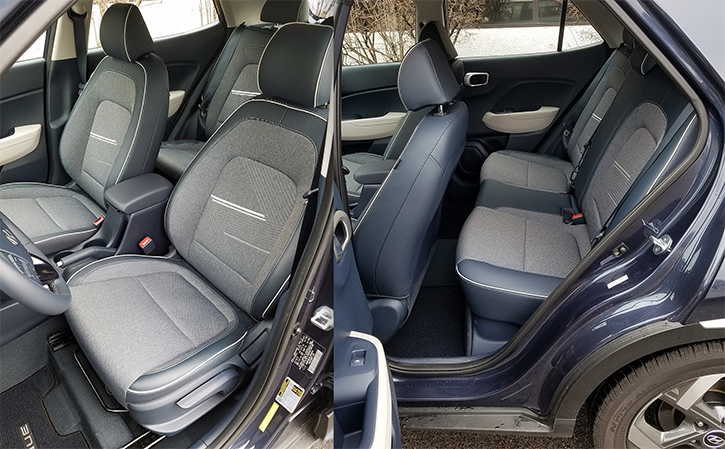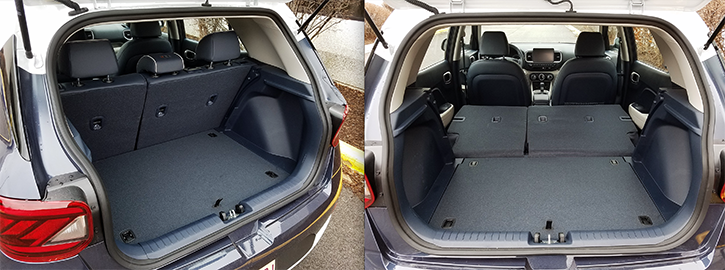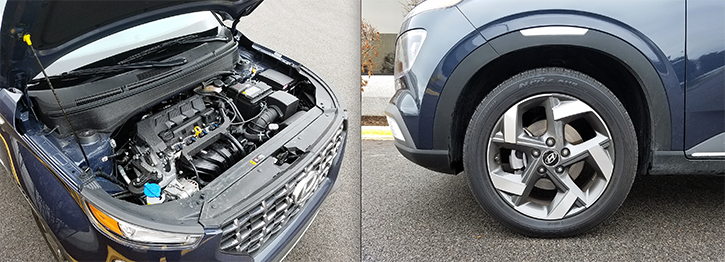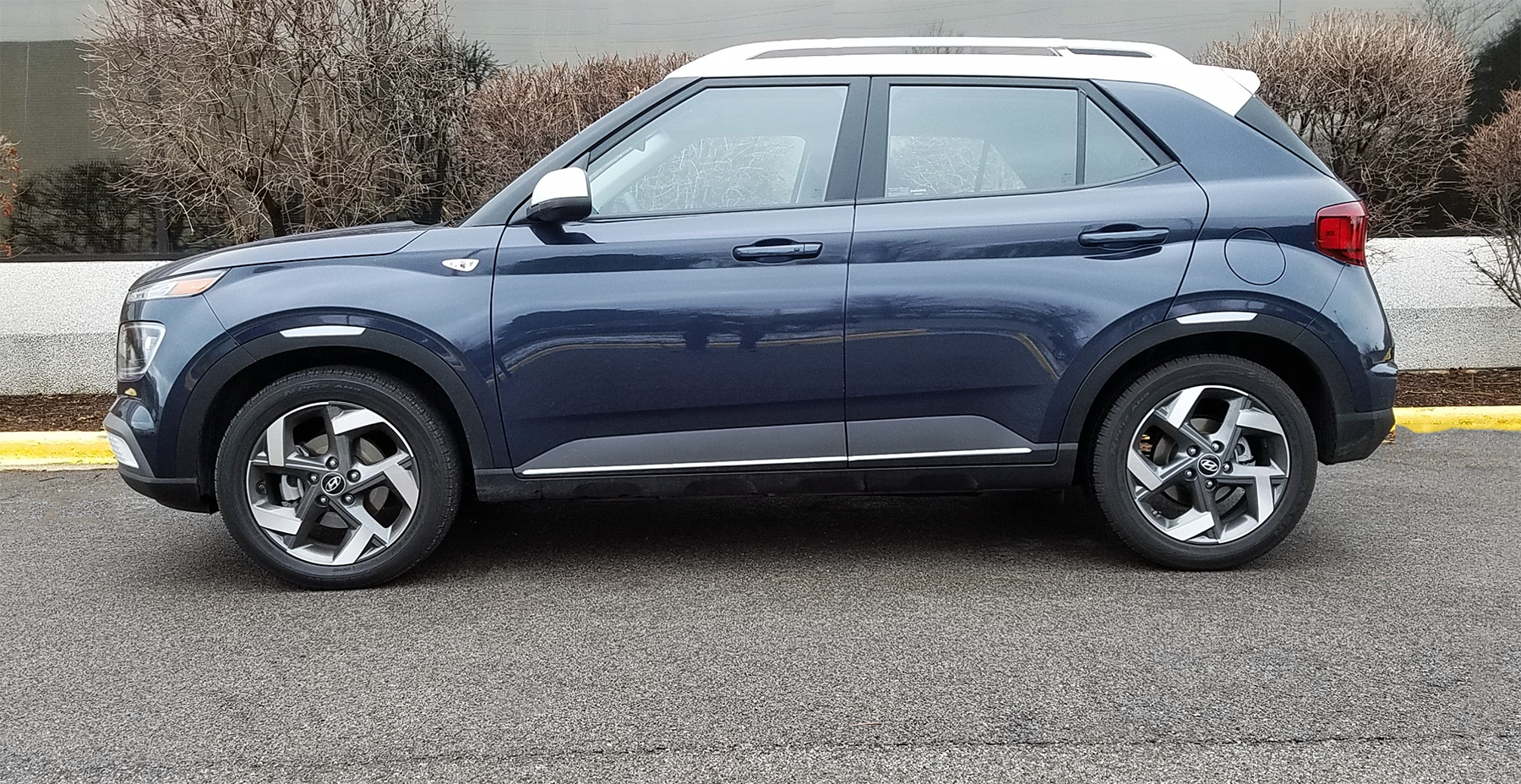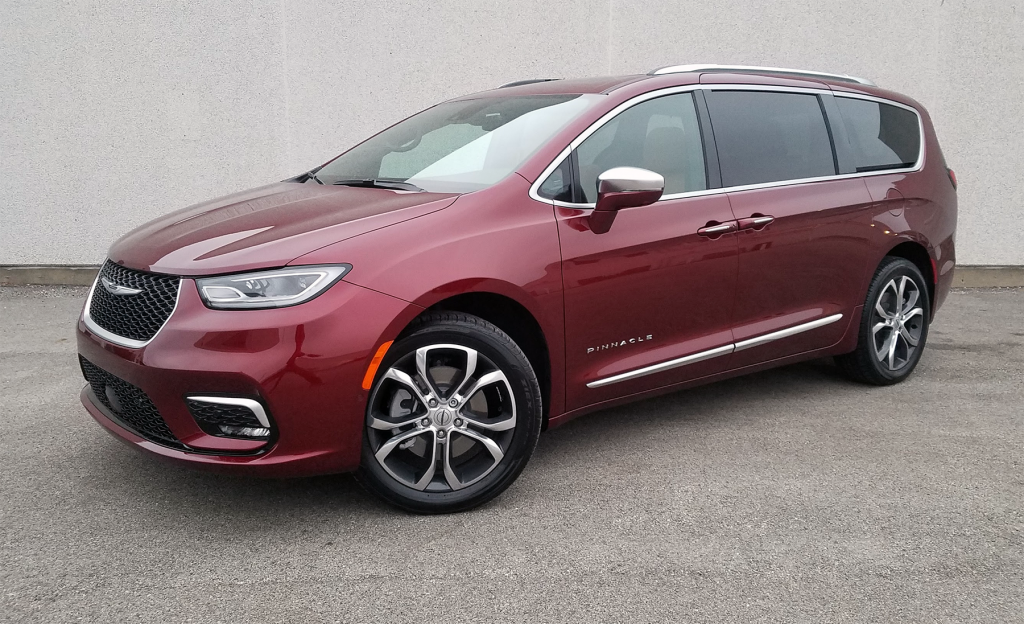
2021 Chrysler Pacifica Pinnacle in Velvet Red Pearl-Coat
Class: Minivan
Miles Driven: 267
Fuel Used: 12.2 gallons
| CG Report Card | |
|---|---|
| Room and Comfort | A |
| Power and Performance | A- |
| Fit and Finish | A |
| Fuel Economy | B |
| Value | B |
| Report-card grades are derived from a consensus of test-driver evaluations. All grades are versus other vehicles in the same class. Value grade is for specific trim level evaluated, and may not reflect Consumer Guide’s impressions of the entire model lineup. | |
| Big & Tall Comfort | |
| Big Guy | A |
| Tall Guy | A |
| Big & Tall comfort ratings are for front seats only. “Big” rating based on male tester weighing approximately 350 pounds, “Tall” rating based on 6’6″-tall male tester. | |
| Drivetrain | |
| Engine Specs | 287-hp 3.6 liter |
| Engine Type | V6 |
| Transmission | 9-speed automatic |
| Drive Wheels | AWD |
Real-world fuel economy: 21.9 mpg
Driving mix: 20% city, 80% highway
EPA-estimated fuel economy: 17/25/20 (mpg city/highway/combined)
Fuel type: Regular Gas
Base price: $53,390 (not including $1495 destination charge)
Options on test car: none
Price as tested: $54,885
Quick Hits
The great: Added capability of all-wheel drive; excellent array of family-friendly convenience features
The good: Spacious cabin with upscale trimmings; pleasant road manners
The not so good: Bottom-line price is almost $55K
More Pacifica price and availability information
John Biel
In the midst of what to all the world looks like a midcycle freshening of its Pacifica minivan, Chrysler seems to have slipped in something almost completely new. That is the Pinnacle, a line leader with essentially everything that’s been done for the rest of the 2021 Pacifica family, but with some features that are wholly its own.
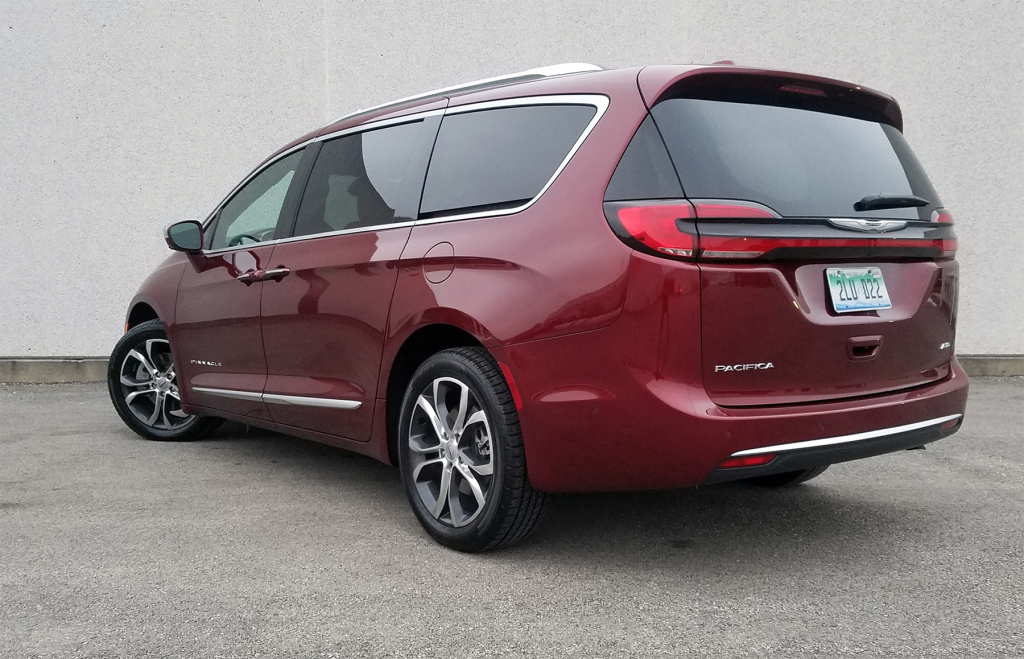
The entire Chrysler Pacifica lineup undergoes a refresh for 2021, gaining freshened styling, a new infotainment system, available all-wheel drive, and a luxuriously trimmed, line-topping Pinnacle trim level.
Almost anything that can be packaged in a Pacifica comes standard in the Pinnacle, which has a starting price (with delivery) of $54,885. The only way the van sampled by Consumer Guide could have come from the factory any costlier would have been if it had been built with the Trailer-Tow Group, a $995 package that gives Pacificas a 3600-pound capacity. On top of that the Pinnacle adds luxury upholstery and cabin appointments, and its own front console design.
First Spin: 2021 Toyota Sienna
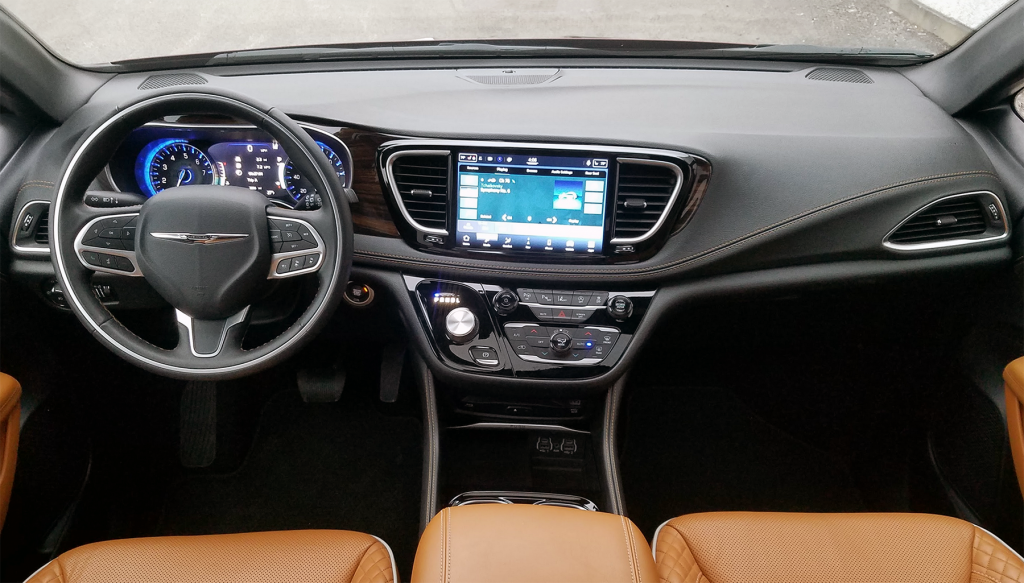
Pacificas have a clean dashboard layout with easy-to-use controls, and Pinnacles get extra-ritzy trim. Higher-line Pacificas have a satin-metal trim ring on the face of the steering-wheel rim that gets uncomfortably cold to the touch on frigid winter days. Even with the standard heated steering wheel on, it takes a while for the trim ring to warm up.
Throughout the ’21 line, the CG “Best Buy” Pacifica wears a new fascia with a larger upper grille opening, reshaped headlights, and more-defined bumper cover. Infotainment is relayed by a new-generation Uconnect 5 system with wireless Apple CarPlay and Android Auto smartphone integration (with the ability to connect two phones simultaneously), Amazon Alexa voice control, Uconnect Market, and more, plus a 10.1-inch touchscreen. On the driving-dynamics front, all Pacifica models are available with fully automatic all-wheel drive—indeed, it is standard on Limited and Pinnacle models.
The Minivan as a Limo: What is the Lexus LM?
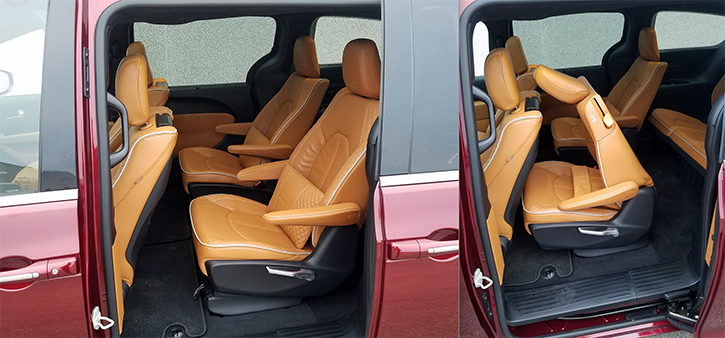
Quilted Nappa-leather upholstery comes standard in the Pinnacle model, as do lumbar-supporting throw pillows for the second-row passengers. The second-row seats slide and tilt forward for easier access to the third row.
Where the Pinnacle reaches its peak is inside. Caramel-colored Nappa-leather seats with a quilted surface pattern welcome up to seven passengers. Middle-row captain’s chairs are complemented with matching throw pillows that function as lumbar supports. The seats’ upscale look would be wasted if they weren’t comfortable, which they are—even in the third row—though the height of the middle seats struck this tester as a tiny bit low. Other cabin details of the new model are Caramel contrast stitching on dark surfaces like the dash pad, leather-wrapped steering wheel, and console; satin-chrome accents; woodgrain bezels around the instrument cluster and door releases; Berber carpet; and suede headliner.
Quick Spin: 2020 Chrysler Pacifica Hybrid Limited
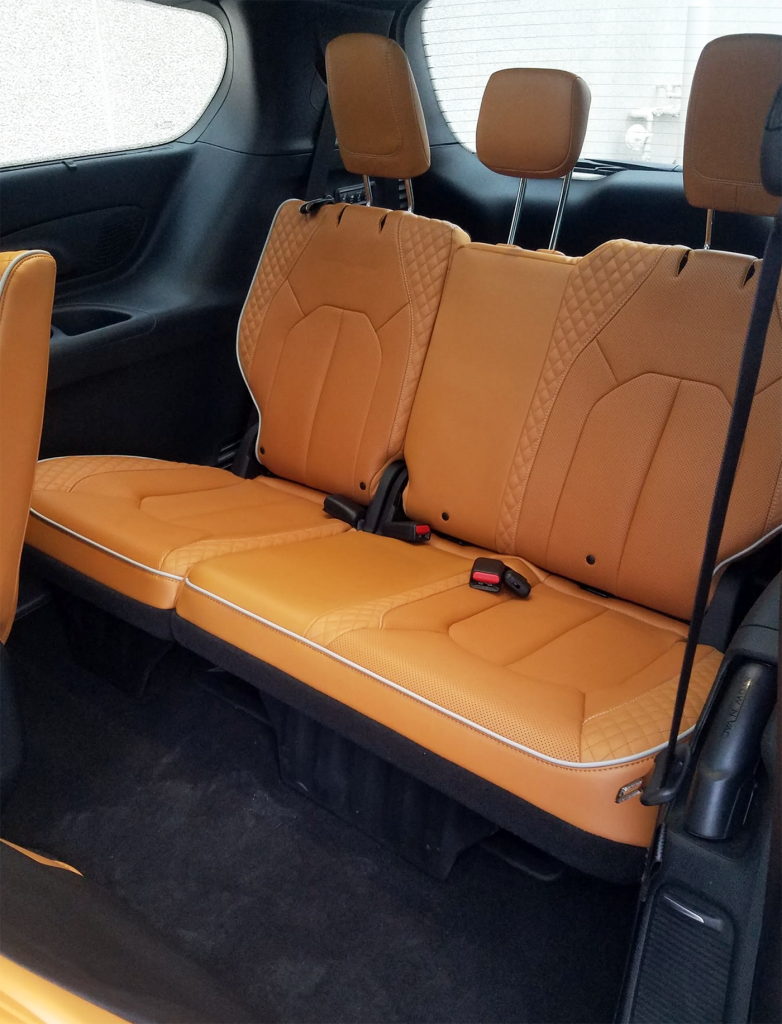
The third-row seats can accommodate average-sized adults if second-row passengers cooperate by sliding their seats forward a bit.
The Pinnacle’s Integrated Ultra Console is distinct from the front-seat storage units found on other Pacificas. Along with a padded-top covered bin between the seats, there’s an open-side space at floor level that’s big enough to hold a purse. Behind the lid for the central bin is a slot that middle-row occupants can use, and a drawer with tray and two cup holders slides out of the back of the console at floor level.
Extensive standard equipment found in the new premium model includes heated and ventilated 8-way power-adjustable front seats, heated steering wheel and second-row seats, wireless charging pad in the console, navigation, Wi-Fi hotspot, 18-speaker Harman Kardon sound system, SiriusXM satellite radio and connected services, triple-pane panoramic sunroof, integral “Stow ’n Vac” vacuum cleaner, second-row streaming entertainment system with screens built into the front seats, and brand-new “FamCam.” A tap on the touchscreen activates an interior wide-angle overhead camera that allows front-seat occupants to see what is going on in the rows behind them—handy for adjudicating territorial disputes of the “he keeps touching me” variety.
Exterior features are 20-inch polished alloy wheels with gray-painted pockets, LED projector headlamps, hands-free liftgate and sliding side doors, and a platinum-chrome “Stow ’n Place” roof rack. Safety/driver-assistance technologies run to parallel and perpendicular parking assist, surround-view camera, adaptive cruise control with stop-and-go function, blind-spot and rear cross-traffic detection, lane-departure warning, and forward-collision warning with pedestrian/cyclist emergency braking.
To be a stickler, Pacifica’s all-wheel drive isn’t technically a new feature because some AWD Launch Editions were produced late in the 2020 model year. However, its wide availability is new. (AWD costs $2995 to add to the otherwise-front-drive Touring and Touring L models.) The Toyota Sienna is the only other minivan with an available all-wheel drivetrain but the Pacifica is the only one that can transfer 100 percent of available engine torque to whichever wheels have more available traction, even the rear ones. Chrysler notes that its AWD system primarily operates in front-wheel drive for the sake of fuel economy, but automatically redistributes power when the front wheels slip, when the throttle is tromped, and even preemptively when temperatures are low or the windshield wipers are activated.
Forgotten Concept: Oldsmobile Silhouette OSV
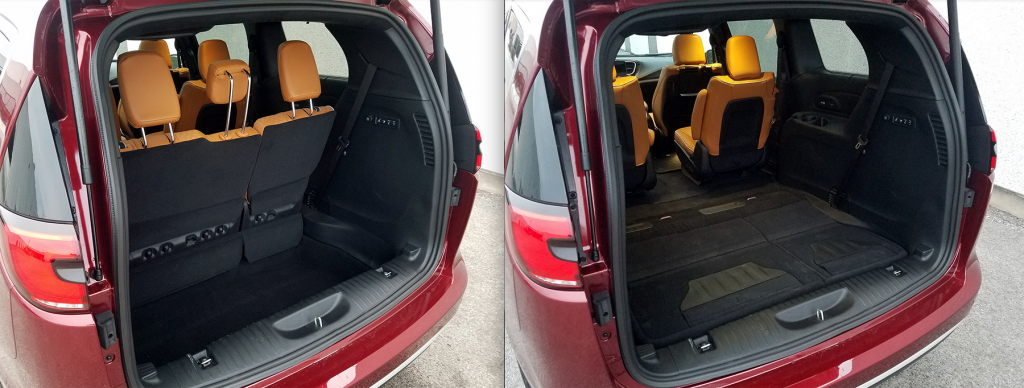
The Pacifica continues to offer excellent cargo space. There’s 32.3 cubic feet of volume behind the third-row seats, which grows to 87.5 cubic feet with the third-row seats folded into the floor.
Working with the carryover 3.6-liter V6 and 9-speed automatic transmission, the AWD Pacifica is rated at 17 mpg in city driving, 25 mpg in highway operation, and 20 combined by the EPA. This driver got 18.8 mpg from a stint of 69 miles, 40 percent of which were under city-style conditions. The engine, which develops 287 horsepower at 6400 rpm and 262 lb-ft of torque at 4000 rpm, displays pleasing standing-start acceleration and is hardy enough for worry-free highway cruising. (Note that every trim level is available as a front-wheel-drive plug-in hybrid.) A quiet and composed ride continues to be one of the Chrysler van’s strengths.
Forgotten Concept: Ford Aerovan by Ghia
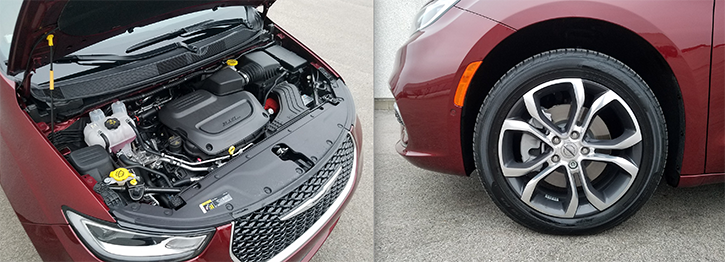
The Pacifica’s powertrains carry over for 2021. Non-hybrid models are powered by a 287-hp 3.6-liter V6. Pinnacle models come standard with 20-inch polished aluminum wheels with gray-painted pockets.
Naturally, there is plenty of room for passengers and cargo. Unlike other non-hybrid Pacificas, the Pinnacle lacks the “Stow ‘n Go” second-row seats that fold into the floor, but its captain’s chairs have the “Easy Tilt” feature that clears access to the third row. (Passage between the seats is easy, too.) Middle seats track fore and aft, which can open up enough legroom for a couple of adults to contentedly occupy the third row. In the Pinnacle, a power assist gets the 60/40-split rear seats to jackknife and drop down to form a capacious flat-floored cargo area. Though infotainment functions can be worked fairly directly through the touchscreen on the new rig, external volume and tuning dials are handy for radio operation, while external buttons and a dial for fan speed permit hands-on operation of the dual-zone climate system.
In the minivan world, Pacifica’s all-wheel drive gives snow-belt shoppers something new to consider while the Pinnacle provides luxury lovers with something to long for. How refreshing.
Forgotten People-Movers: More than 30 Minivans You Don’t Remember
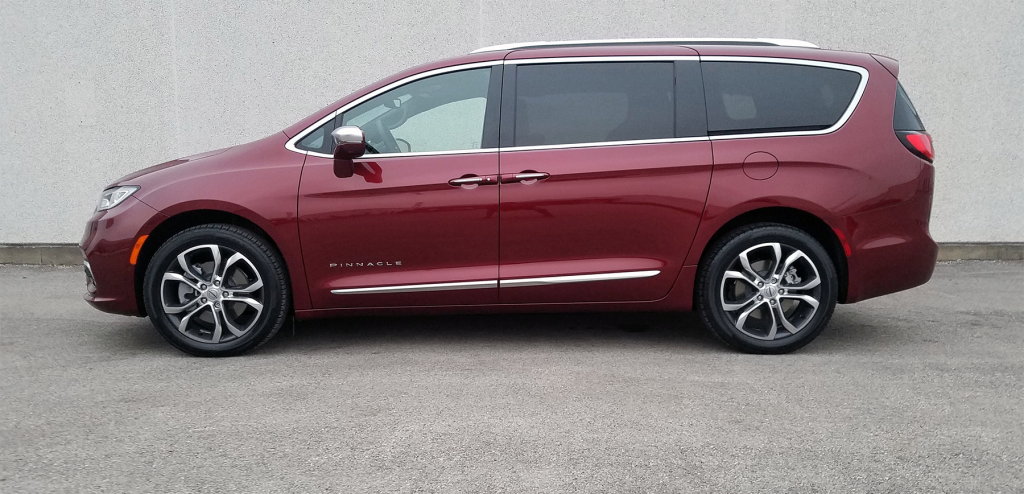
The Chrysler Pacifica has been a Consumer Guide Best Buy since its introduction as a 2017 model, and it gets even better with its nicely executed refresh for the 2021 model year.
Listen to the Consumer Guide Car Stuff Podcast
2021 Chrysler Pacifica Pinnacle Gallery
(Click below for enlarged images)
For GREAT deals on a new or used Nissan check out Tracy Nissan TODAY!
